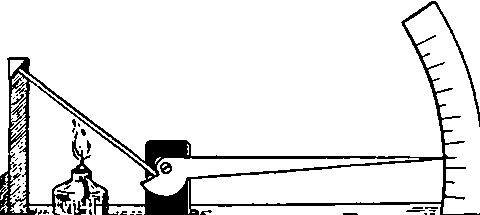
Take, for example, water, pour it into a sealed container and heat it. With what force is it expanding and is it even possible to withstand this force? When heated, the distance between the atoms increases? If this parameter does not change, then the substance will not heat up?
But what about metals? They generally expand with monstrous power. If this force is bottomless, can we build a perpetual motion machine?
